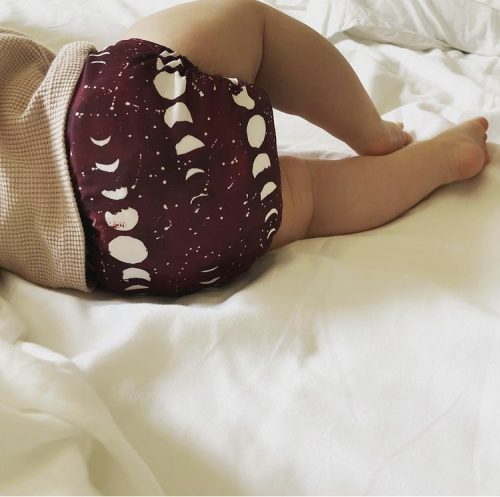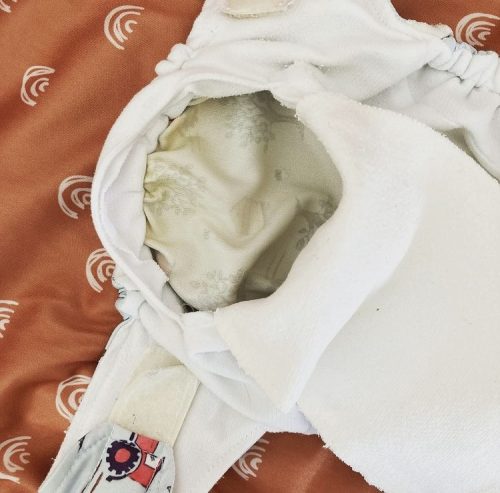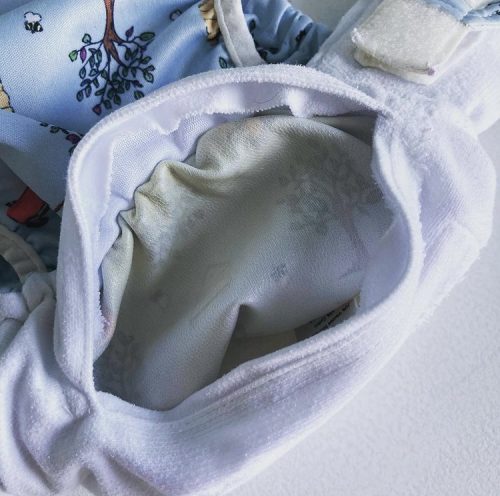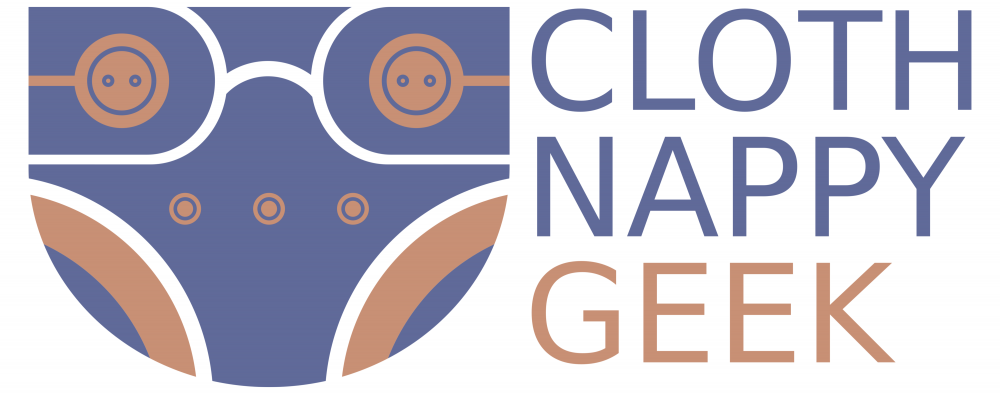If possible you should always air dry your nappies. It’s free, its better for the environment, and it will prolong the lifespan of your nappies.
Of course there will always be times where you need to dry your nappies a bit quicker, so here’s some more information on various options.

Tumble drying
Even with nappies that state that the inserts can be tumble dried (normally on low, but always check the care labels of your nappies) you are causing additional wear and tear. You only need to look at your lint filter to see how using a tumble dryer will break down fabrics over time.
Tumble drying also creates micro plastics, in fact more than washing synthetic fibres (remember that stay-dry layers are synthetic materials too). On average 90-120 million particles per household, per year. These micro plastics are released into the air. They can be breathed in, settle on land, or get washed into rivers. If you must tumble dry then smaller loads produce far fewer micro plastics as the friction of multiple items increases when items rub together. However multiple smaller loads may use more electricity.
Average cost – £1.53 per load.
Radiators / heated airers
PUL, bamboo, wool, and anything with elastics should never be placed directly against heat sources. For things like pure cotton these can be placed on heat sources, so make sure you know your materials. If you need to speed up drying something like bamboo then you can cover the radiator or heated airer with a towel (or a Terry nappy if you have those!) and place the bamboo on top. This will prevent the fibres from damaging from the heat, but you’ll still benefit from the warmth. Of course this does reduce the efficiency of the drying time offered, but it will be quicker than a standard airer. Or if you have a normal airer you can bring it close to the radiator, just make sure nothing delicate is actually touching the radiator.
Average cost – running a heated airer for five hours would cost around 80p.
Airers
A standard airer is safe for all cloth nappies (although note that wool normally needs to be dried flat). You can also use overhead pulley airers, fold-out wall-mounted airers and sockopuses. This is a slower method of drying, but is free (after the cost of the airer), and environmentally better. Here’s a few tips to speed up your drying:
- Bring your airer close to a heat source, if you already have one switched on. Radiators, woodburners, even ovens – you may as well make use of any heat you’re generating. Just be mindful of fire safety and don’t let anything get too hot.
- Get your washing higher. Ceiling mounted pulley airers are great but expensive. However there are cheaper options. Hang sockopuses from curtain rails (bonus points if this is above a radiator you have on!), put your airer on your kitchen work surface if you have the ceiling height (this also keeps it out of the way).
- Increase air circulation. Place airers by an open window, don’t underestimate how much this can help even in the winter. Or drag the airer outside if you can.
- Use a dehumidifier. These do cost to run, but it is significantly less than a tumble dryer. Plus you won’t be contributing to the wear and tear like a dryer does. You can add an electric fan to help too.
Line drying
If you can line dry then this is an excellent option for all items except PUL, and something I do all year round.
I no longer dry any PUL outside (this includes nappies, wet bags, smocks etc) due to discolouration. If you look at the inside of this nappy you can see that the PUL nearest the waist is an orange-brown from sun exposure. This fades back to white as the PUL inside the nappy got less sun. Now in this case it is purely cosmetic. The nappy functions just fine. But over time it could degrade your PUL.
If you have a stain you wish to sun out then keep an eye on your nappy and bring it in as soon as the stain has gone.


Even in winter drying outside is useful. I will often dry washing outside during the daylight, and then bring in at dusk. The washing may be slightly damp but placing the airing cupboard overnight ensures it is fully dry. This is a great option if you don’t like having washing drying in the house. Being outside gives excellent air circulation and you still get that nice fresh smell.
For the wet weather can you create some covered outdoor drying space? Even a place to hang sockopuses is useful. I have a very crude line made from some rope under the car port.
